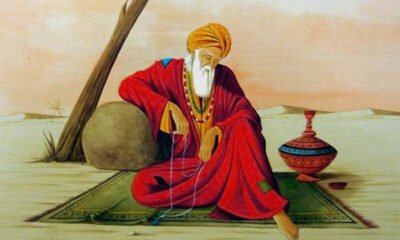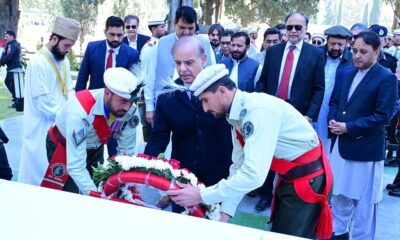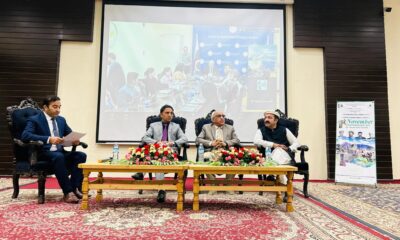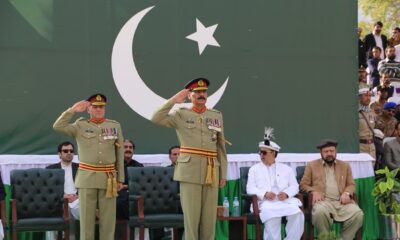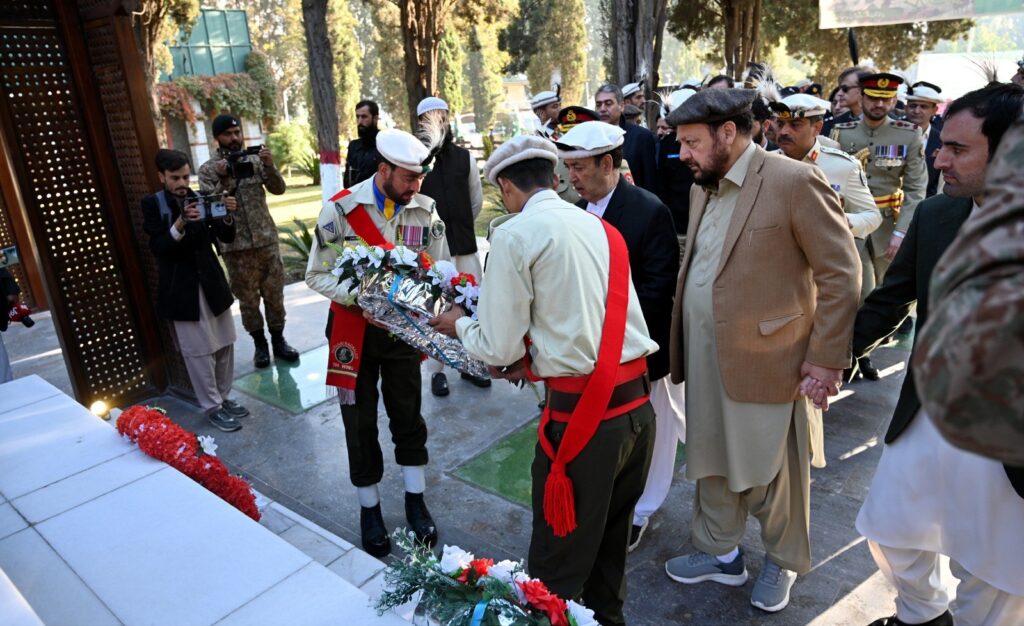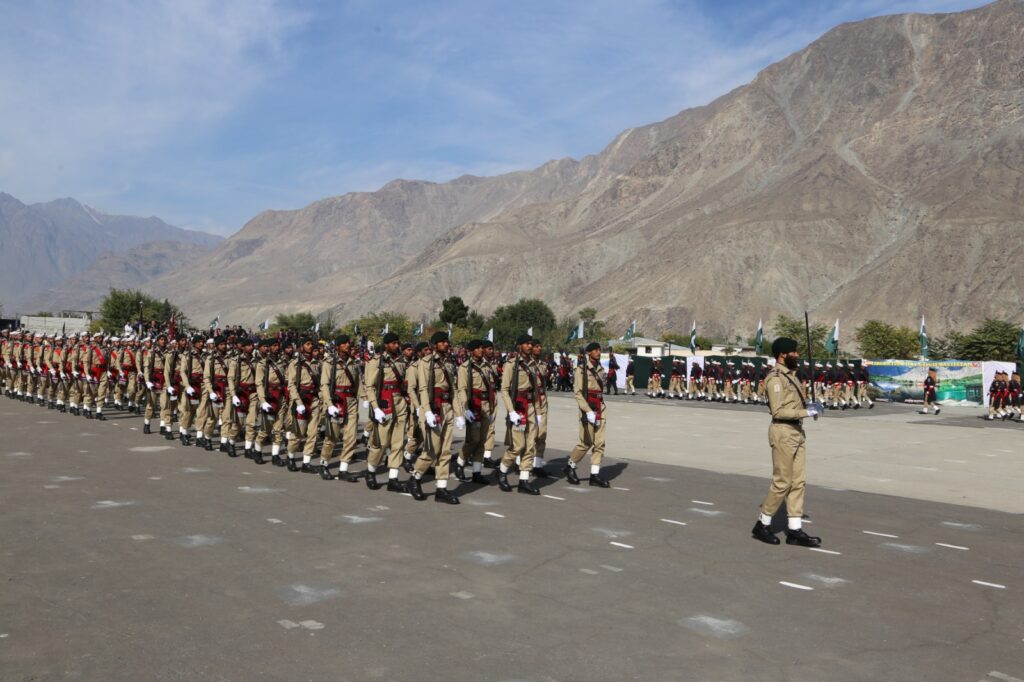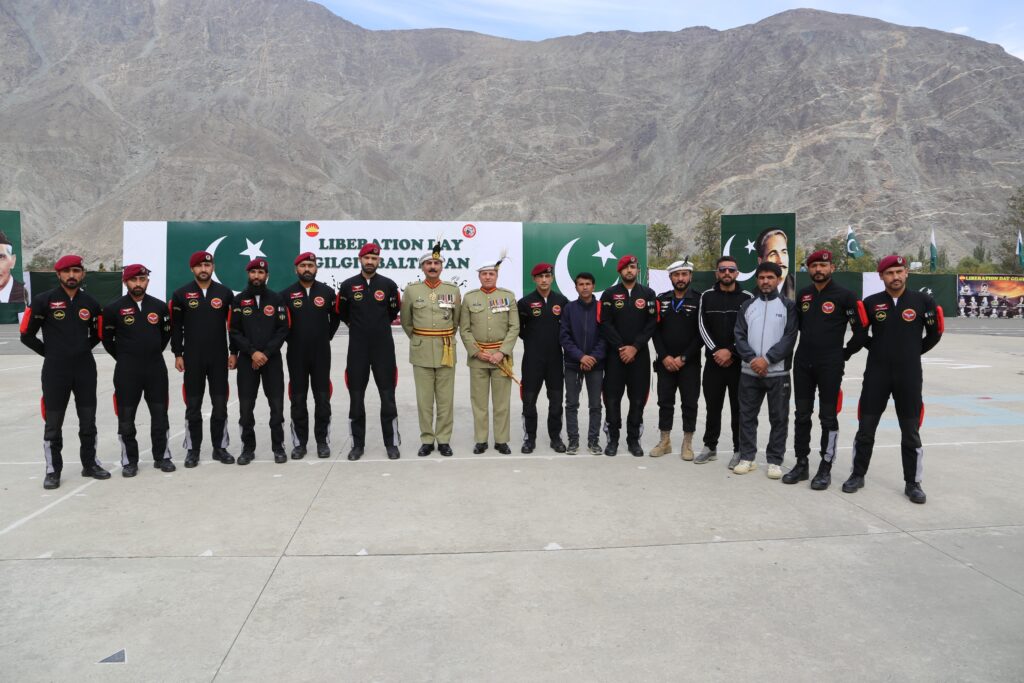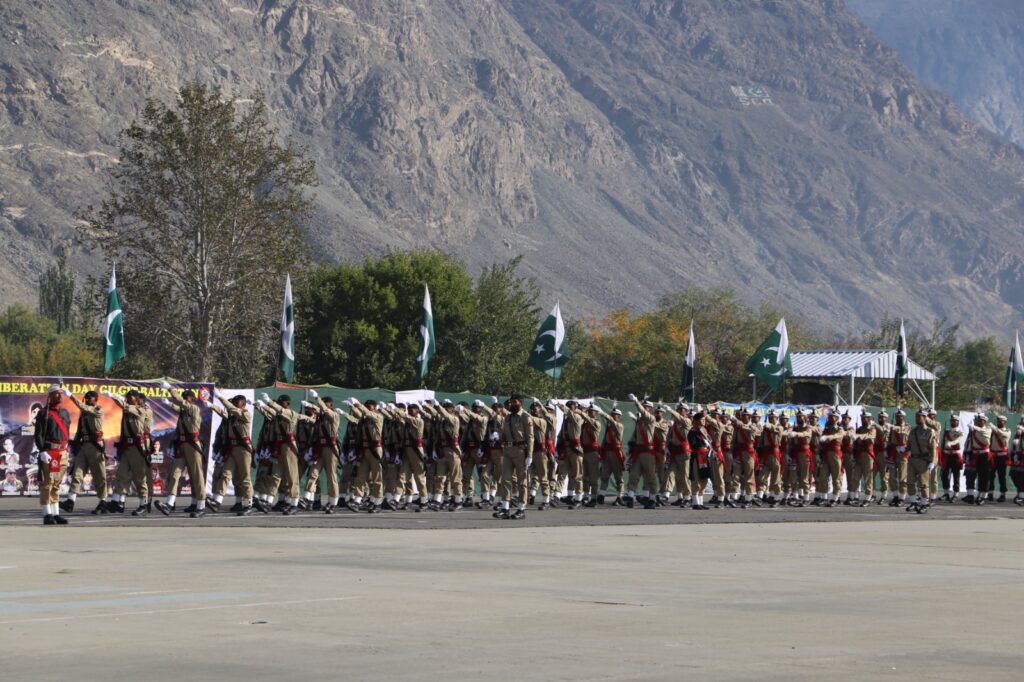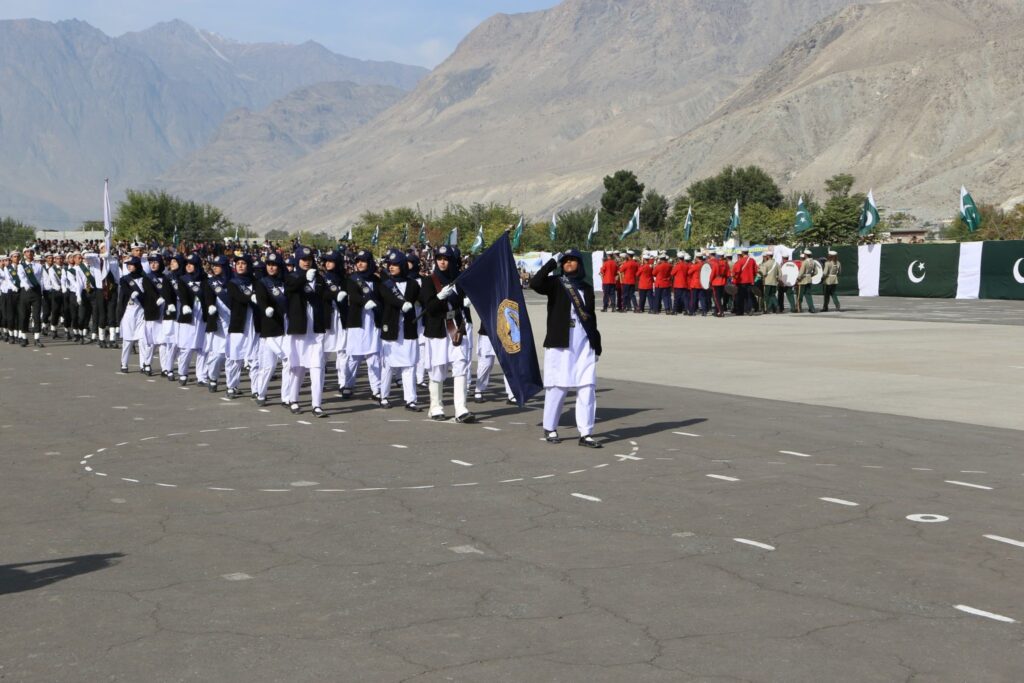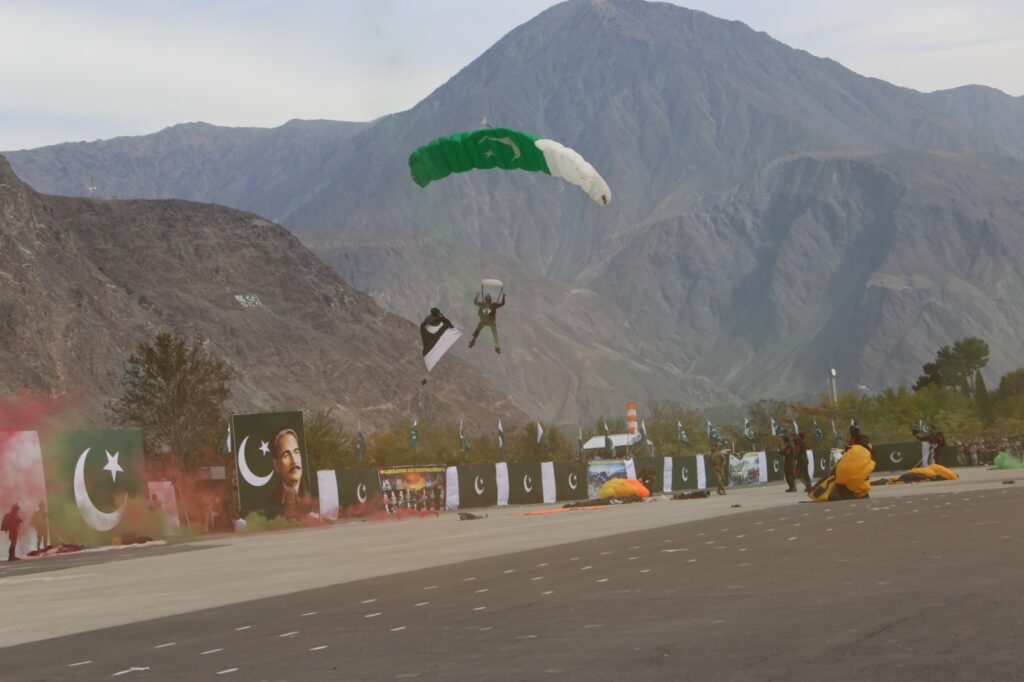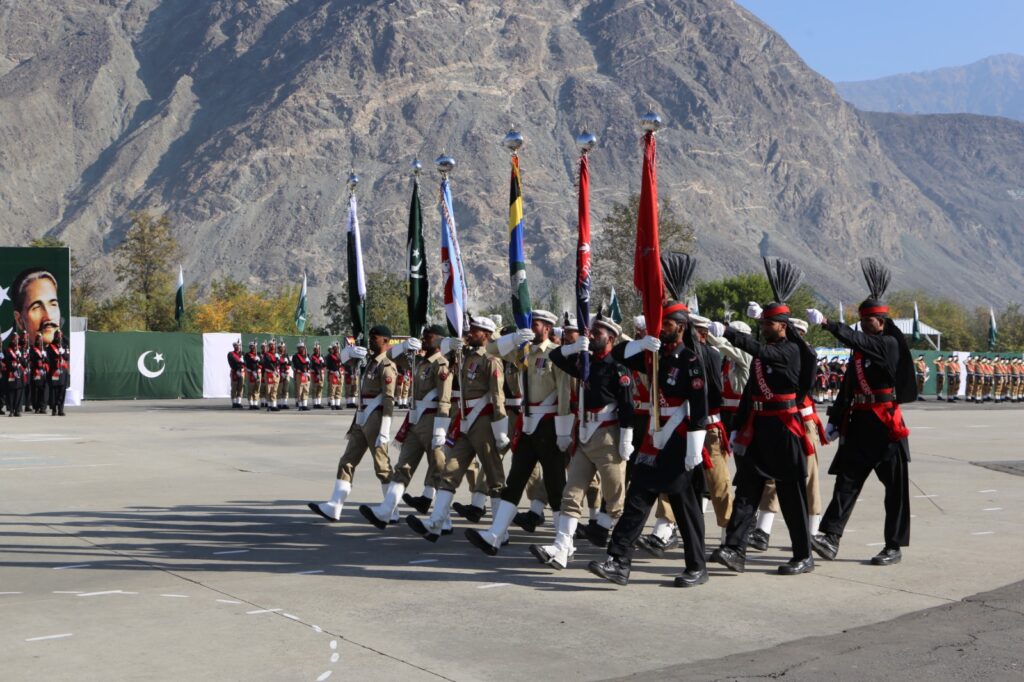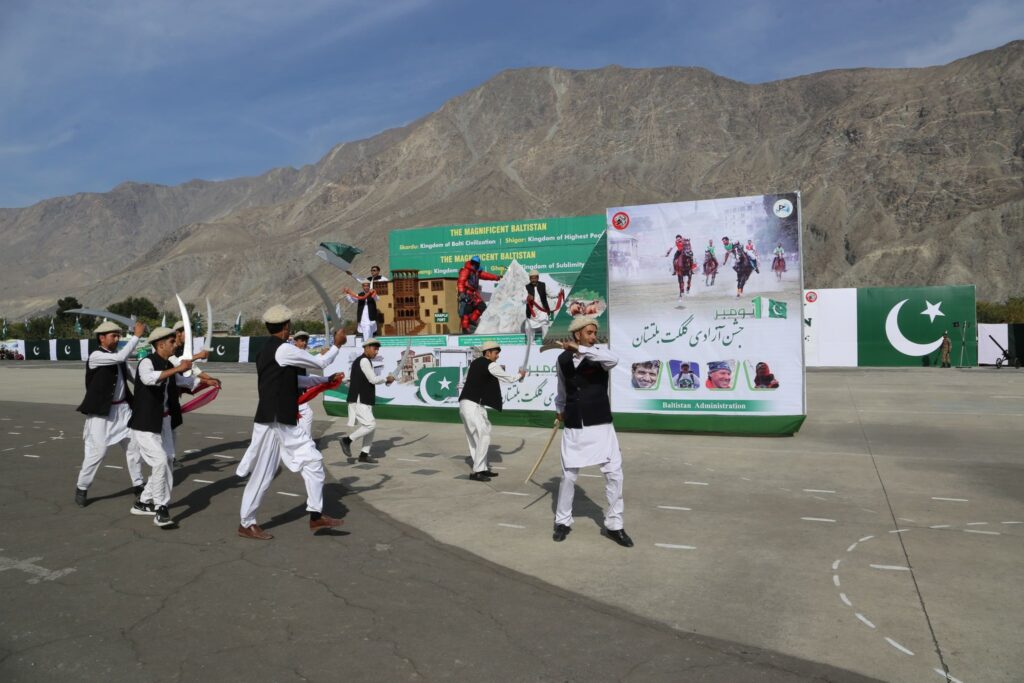Sectarian discord has become a real challenge in many parts of Pakistan including in Gilgit-Baltistan. In fact, Gilgit-Baltistan, resided by several Muslim communities of faith, has been susceptible to sectarian conflicts for last many decades. In this regard, among other factors, religious education is generally seen as responsible for social divides along sectarian identities. Therefore, it necessitates an effective educational response through some curricular and pedagogical transformations pertaining to teaching about Islam.
The purpose of religious education, as Andrew Wright precisely proposes in Religious Education in the Secondary Schools: Prospects for Religious Literacy, is to produce ‘religiously literate individuals’ who demonstrate commitment to their own traditions while respecting fellow citizens’ religious worldviews. In Pakistan generally and in Gilgit-Baltistan particularly, religious education offered in public schools or in denominational settings, with a few exceptions, does not seem to serve this essential purpose because of its exclusive bent to the teaching of Islam.
In a religiously diverse society, a sectarian approach to religious education may not produce positive results as it tends to generate unsustainable generalisations based on one particular interpretation of Islam. Consequently, the sectarianised religious education appears to promote what is called ‘religious illiteracy’ among learners who neglect the rich diversity within Islam. More disturbingly, religious illiteracy readily renders itself to condemnation for diversity, intolerance, and violence that cause sectarian polarisation.
In Pakistan, the curricular and pedagogical methods usually incline to present Islam from a particular theological lens while masking parallel Muslim traditions. For example, the curricula around religious education depict Islam, as Madiha Afzal in her Pakistan under Siege: Extremism, Society and State notes, from a narrow theological point of view in an erroneous attempt to create a uniform national identity. Unfortunately, such a content, as Hussein Rashid argues, creates ‘a normative Islam against which other Muslims are measured’ and results in sectarian controversies. In Gilgit-Baltistan, for example, this kind of a curriculum has created the ‘Textbook Controversy’ in early 2000 that further harmed a precarious social cohesion in the region. The problem with such curricula about Islam is that they cultivate mutual misunderstandings among students by creating strict binaries of ‘true’ or ‘false’ and ‘right’ or ‘wrong’. These problematic binaries morph into sectarian bigotries that eventually disturb sectarian harmony in the society.
In addition to the sectarian curricula, most religious educators, as Javed Ali Khalhoro and Elexander Cromwell maintain in Teaching Peace and Conflict, are unable to rise above their personal devotional prejudices and therefore project an essentialised notion of Islam through their classroom teaching practices. This teacher-centered pedagogy, unlike the student-centered and problem-posing methods, leads to a homogeneous and ahistorical representation of Islam. Here, students are presented a simplified version of Islam by inaccurately equating it with a certain politically dominant narrative. Thus, the existing teaching about Islam serves the purposes of power rather than facilitating a critical engagement with Muslim traditions.
So, the sectarianised religious education forms, according to Tariq Rahman, a rejectionist mind-set among learners who display intolerant, un-critical, and self-righteous attitudes that usually damage interfaith harmony. Therefore, it can be argued that the prevailing religious education about Islam normally engenders religious illiteracy about various Muslim communities among the educated people in the country.
Here, one may inquire: what kind of curricular and pedagogical models towards education about Islam may benefit our societies? In this respect, some scholars of education about religion maintain that it depends on how religious education is conceptualised, developed, and implemented.
In order to promote sectarian harmony, a cultural studies approach suggested by Dianne Moore may be beneficial as it adopts a non-sectarian and multi-disciplinary methodology towards Islam as a civilisation. Unlike the sectarian approach, it emphasises not only the devotional aspects but also covers the socio-political, economic, artistic, cultural, and intellectual endeavours of Muslim communities historically as well as in the contemporary times. By doing so, the cultural studies approach attempts to present Islam in terms of unity as well as diversity. For example, it highlights the fundamental beliefs that all Muslim communities of interpretation share and situates notions of authority and leadership that mark them distinct from one another.
Historically, Muslim communities have developed some distinctive interpretations around leadership after Hazrat Muhammad (PBUH). In this connection, initially two major communities emerged over the succession to the Prophet (PBUH). Gradually, within these main communities, further divisions emerged based on the question of succession and leadership. Hence, Muslims’ different understandings of leadership in the post-prophetic age resulted in diverse expressions that informed their respective devotional practices over times. Therefore, education about Islam should reflect these similarities as well as distinctions among Muslim schools of thought to celebrate the commonalities and to appreciate the differences.
In addition, a cultural studies approach tries to portray Islam as a dynamic religion instead of one frozen in a certain time and place. In contrast to the sectarian approach, it does not remove Islam from the flows of history and human agency. Instead it endeavours to demonstrate that Islam has emerged and evolved in relation to varying socio-political and historical contexts. In this way, Islam can be understood historically, critically, and contextually in order to better situate it in the contemporary times in terms of its diverse expressions.
Furthermore, pedagogically, a cultural studies approach towards teaching of Islam enables students to question, critique, and contextualise religious ideas and institutions in an informed manner. In this process, it strives to nurture historical thinking skills, critical analysis and positive attitudes such as tolerance, appreciation for diversity, and openness for discussion. In the meantime, students are empowered to understand and appreciate diversity as something to be lived with and negotiated creatively. Thus, instead of masticating prejudices, students should be allowed to process religious perspectives by reflecting upon them from multiple dimensions.
Indeed, promoting religious literacy is one of the effective ways to address the prevailing challenges of sectarian dissonance in our respective contexts. This requires a robust religious education system. In fact, the desired religious literacy can be attained through a pluralistic representation of Islam as a civilisation in conjunction with educators’ professional development. These transformative curricular and pedagogical improvements can create favorable learning opportunities that will help learners grow positively as individuals, as members of their communities, of society, and of humanity at large.
Most importantly, in the process of harmonising sectarian cacophony in Gilgit-Baltistan, Karakoram International University can play a central role in terms of conducting research, curriculum development, and designing teacher education pertaining to education about Islam as a faith as well as a civilisation.

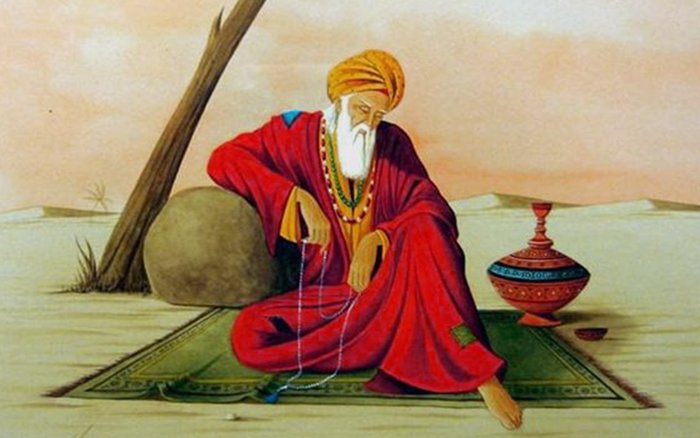

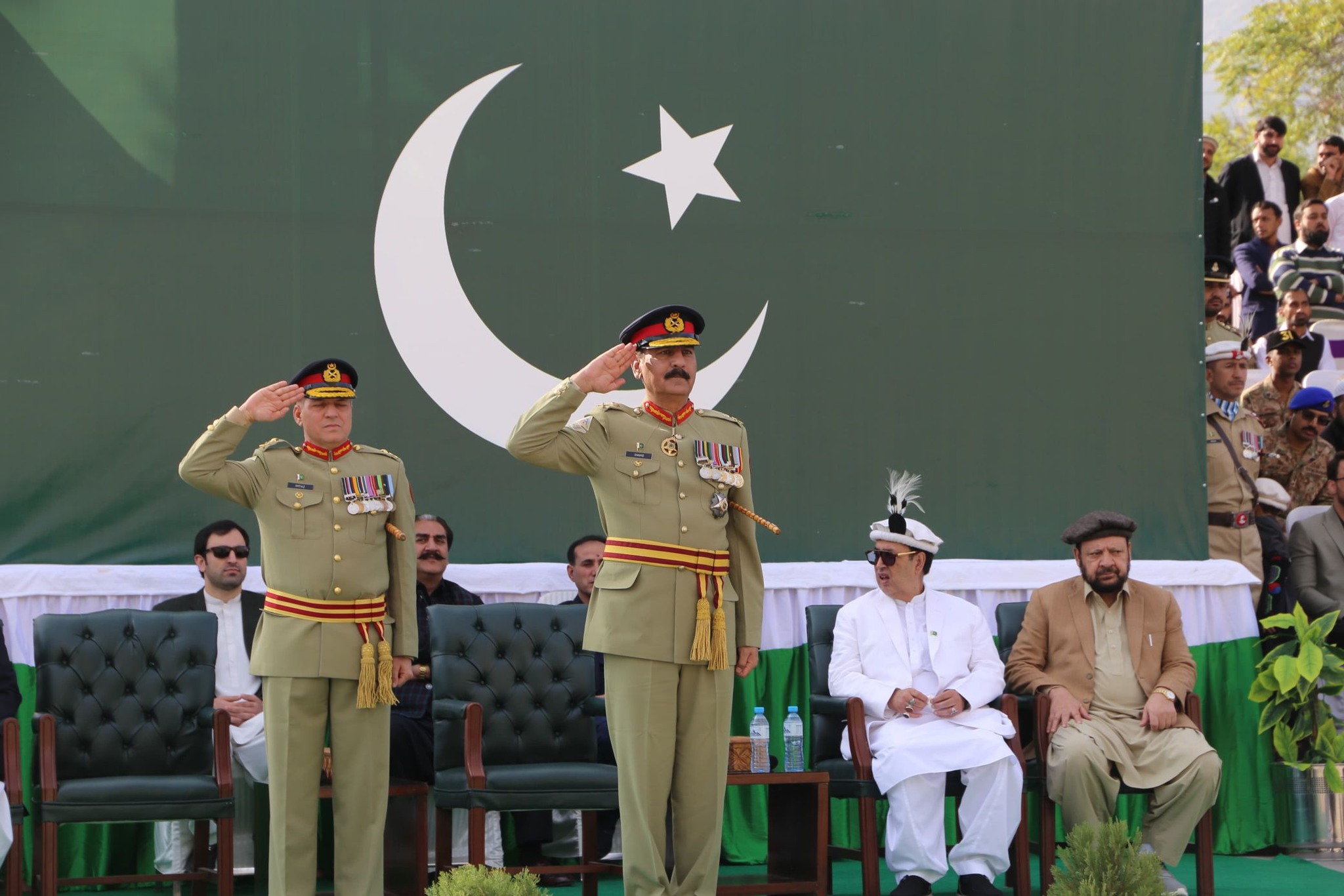

 Tourism2 years ago
Tourism2 years ago
 Arts, Culture & Heritage2 years ago
Arts, Culture & Heritage2 years ago
 Tourism3 years ago
Tourism3 years ago
 KIU Corner2 years ago
KIU Corner2 years ago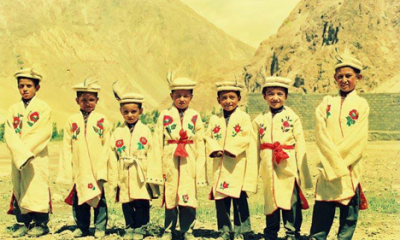
 Arts, Culture & Heritage2 years ago
Arts, Culture & Heritage2 years ago
 Current Affairs3 years ago
Current Affairs3 years ago
 KIU Corner2 years ago
KIU Corner2 years ago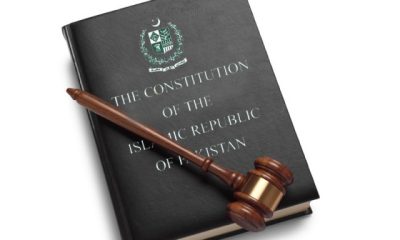
 Opinion3 years ago
Opinion3 years ago
